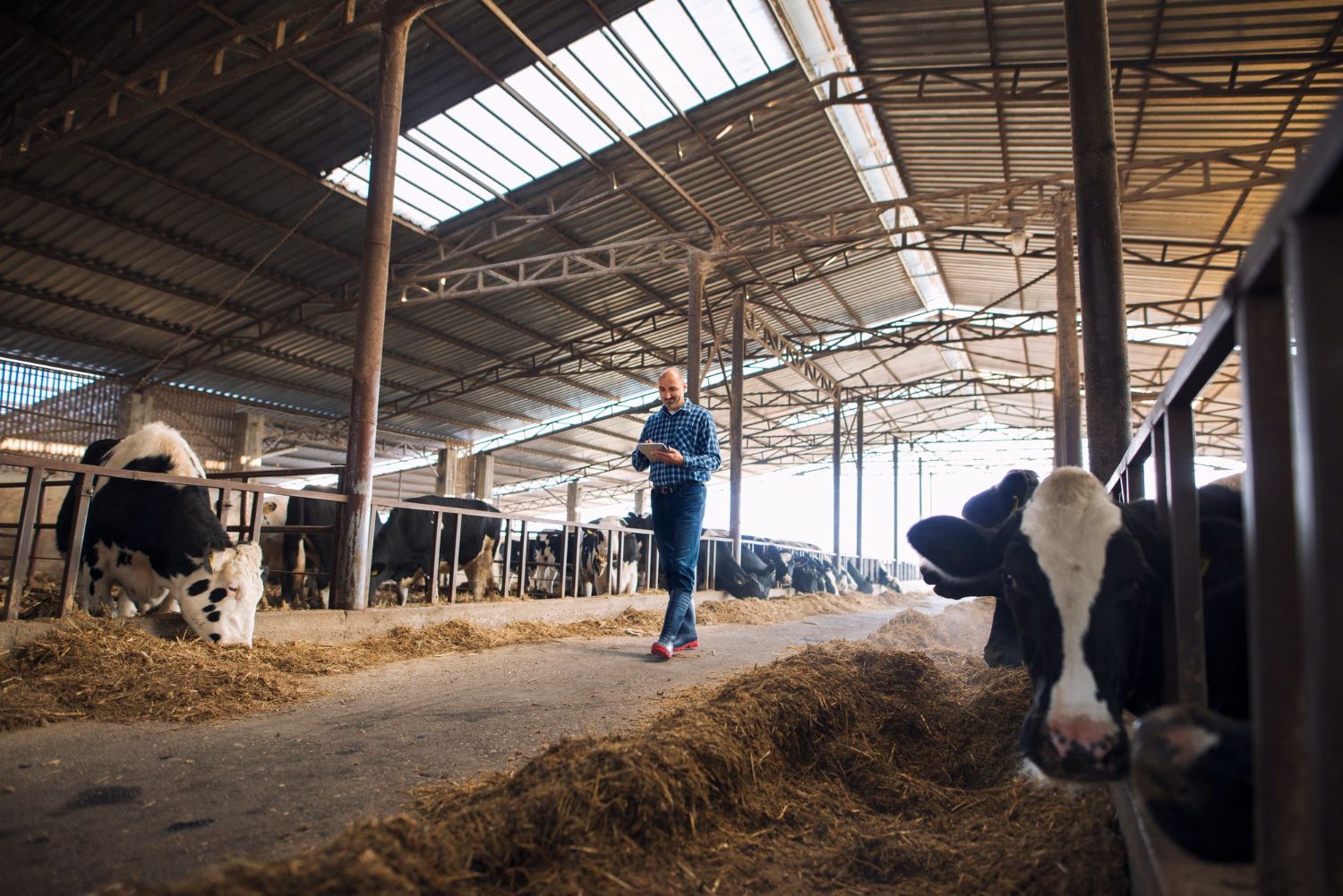In today's fast-paced and ever-changing business world, adaptability is a crucial skill for executives. Being able to adapt quickly to changing circumstances can mean the difference between success and failure. But despite its importance, adaptability is often overlooked in the executive hiring process. In this article, we look at why adaptability is so vital for modern executives and how you can ensure you don’t overlook this critical skill during the hiring process.
Why is Adaptability a Vital Skill for the Modern Executive?
The business landscape is constantly changing, and executives must be able to keep up. From technological advancements to changes in consumer behaviour, companies are facing unprecedented levels of disruption. This means that executives must be able to pivot quickly and adapt to new circumstances if they want to stay ahead of the curve.
Adaptability is also critical for innovation. When executives are able to adapt to changing circumstances, they can identify new opportunities for growth and innovation. This can lead to new products, new markets, and new revenue streams. A 2020
Harvard Business School survey showed that 71% of 1,500 executives from more than 90 countries said adaptability was the most important quality they looked for in a leader.
Another reason why adaptability is essential is that it can help companies weather the storm during times of crisis. Whether it's a global pandemic or a natural disaster, companies that can adapt quickly are more likely to survive. In the food and beverage industry, for example, companies that were able to quickly pivot to online sales during the pandemic were able to weather the storm and come out on top. According to a report by
NielsenIQ, The total online food and beverage landscape in 2020 saw $106 billion in dollar sales, a 125% increase in growth from the prior year.
Why is Adaptability Often Overlooked in the Executive Hiring Process?
Despite the importance of adaptability, it's often overlooked in the executive hiring process. One reason for this is that companies tend to focus on more tangible skills like experience and technical expertise. While these skills are undoubtedly important, they are not the only things that matter.
Adaptability is not always easy to measure making it less likely to be given sufficient consideration during the hiring process. Unlike experience or technical expertise, adaptability is a soft skill that's difficult to quantify. This can make it challenging for companies to assess during the hiring process.
Additionally, companies may assume that executives are naturally adaptable and don't need to be explicitly tested for this skill. However, this assumption can be dangerous. Even experienced executives can struggle to adapt to new circumstances if they're not used to doing so. This can lead to missed opportunities and missed chances for growth.
How to Hire for Adaptability
So, how can companies ensure that they're hiring executives with the adaptability skills they need?
Here are a few tips:
1. Look for Evidence of Adaptability in Past Roles
One way to assess adaptability is to look for evidence of it in past roles. For example, has the candidate worked in an industry that's undergoing significant change? Have they been involved in a major company pivot? Have they been able to successfully lead teams through times of crisis? These are all indicators that the candidate may have the adaptability skills you're looking for.
2. Ask Behavioral Interview Questions
Another way to assess adaptability is to ask behavioural interview questions. For example, you could ask the candidate to describe a time when they had to adapt to a significant change in their work environment. You could also ask them to describe a time when they had to pivot their company's strategy to meet changing market conditions. By asking these types of questions, you can get a better sense of the candidate's ability to adapt.
3. Use Assessments
Assessments can also be a useful tool for assessing adaptability. For example, there are assessments that measure a candidate's ability to handle ambiguity and uncertainty. These assessments can help you get a better sense of how the candidate will respond to unexpected situations.
4. Look for Diversity
Looking for diversity can also help ensure that you're hiring for adaptability. When you have a diverse team, you're more likely to have people with different perspectives and experiences. This can help your team adapt more quickly to changing circumstances because they're more likely to think outside the box and come up with innovative solutions.
For example, the food and beverage industry has seen a surge in demand for plant-based products in recent years. Companies that have diverse teams may be better equipped to respond to this trend because they have team members who may have experience in alternative protein sources or who have a personal interest in plant-based diets.
5. Provide Opportunities for Learning and Development
Finally, it's important to provide opportunities for learning and development. Even the most adaptable executives can benefit from ongoing training and development. This can include attending conferences, taking online courses, or participating in mentorship programs. By investing in your executive's development, you can help them build the skills they need to adapt to changing circumstances.
Adaptability is a vital skill for modern executives. It's important for innovation, weathering times of crisis, and staying ahead of the competition. However, it's often overlooked in the executive hiring process. To ensure that you're hiring for adaptability, look for evidence of adaptability in past roles, ask behavioural interview questions, use assessments, look for diversity, and provide opportunities for learning and development. By doing so, you can build a team of executives who are ready to face any challenge that comes their way.
At ELR Executive we have over 20 years of experience helping FMCG and Food and Beverage organisations identify and attract the right talent to help achieve better business outcomes. If you'd like to learn more about how we can help you hire for adaptability, speak to us today.


